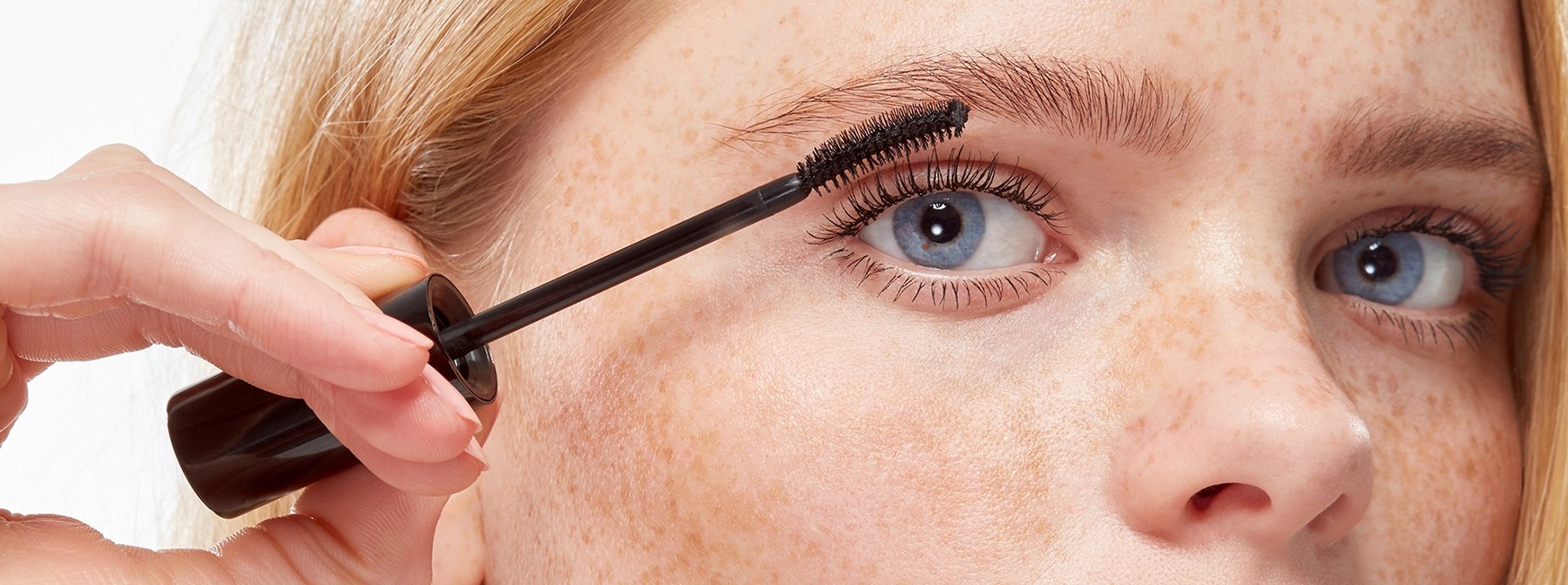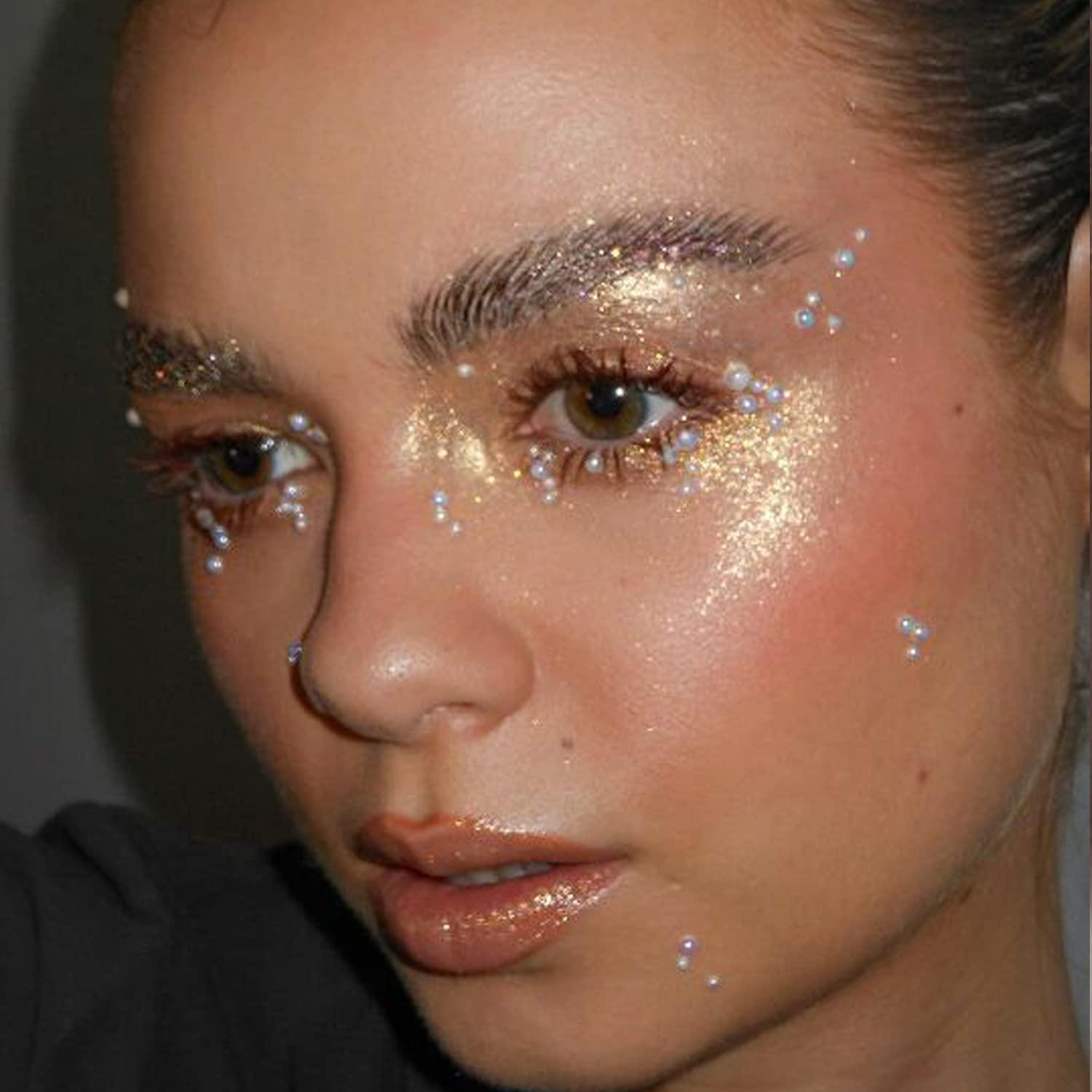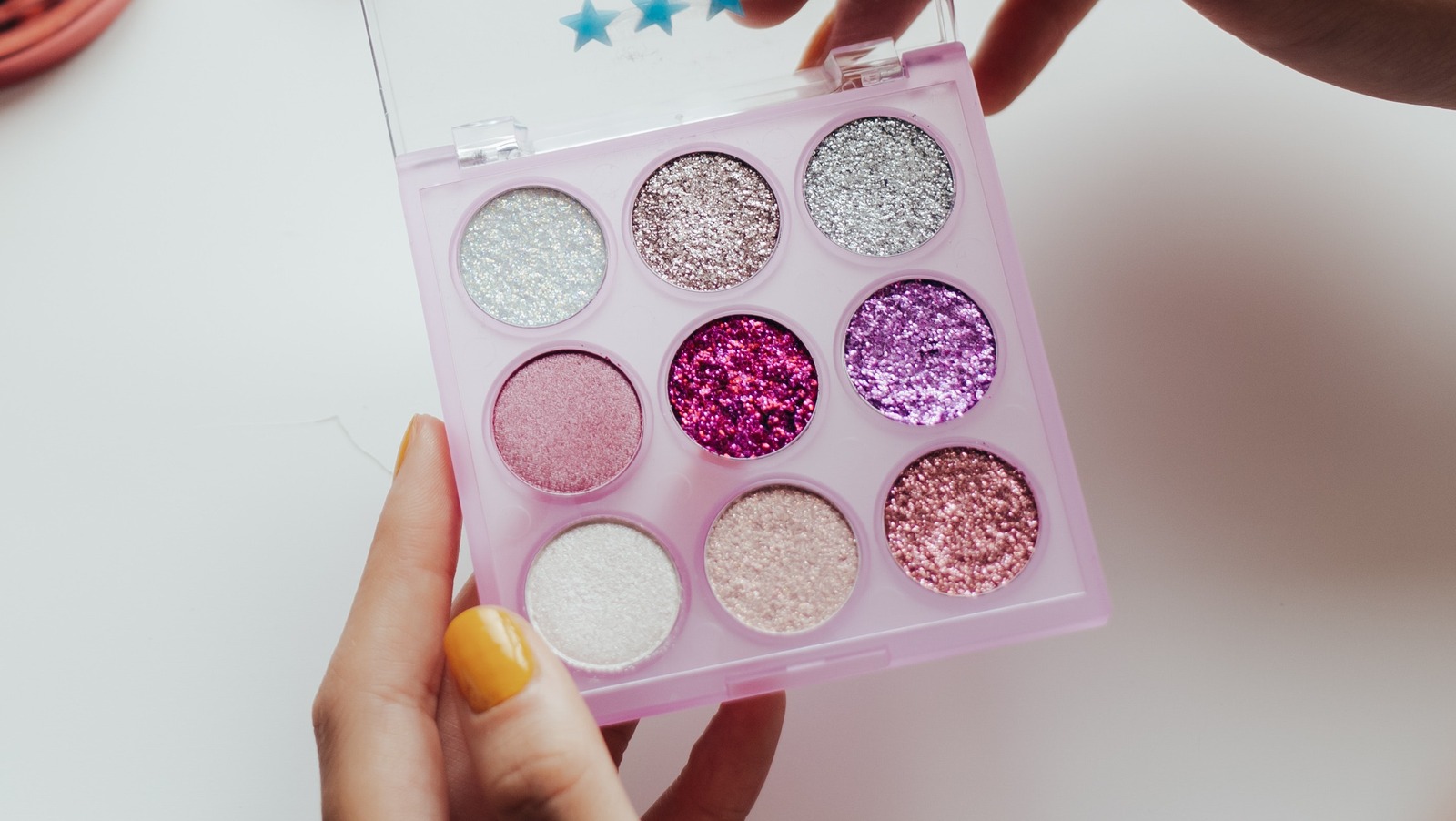
In the realm of beauty, eyeshadow stands as a versatile tool, empowering us to accentuate our eyes, add depth and dimension, and express our unique personalities through a myriad of colors and finishes. From subtle washes of shimmer to dramatic smokey eyes, eyeshadow allows us to transform our gaze, enhancing our natural beauty and showcasing our individual style. However, amidst the allure of eyeshadow lies a question that often lingers in the minds of beauty enthusiasts: how long does eyeshadow last?
Understanding Expiration Dates: A Prelude to Eyeshadow Longevity
As with most cosmetic products, eyeshadow bears an expiration date, a cryptic code that hints at its shelf life. This date, often etched on the packaging, serves as a guideline, indicating the period within which the product is expected to retain its optimal quality and safety. While expiration dates provide a general reference, it’s crucial to recognize that the actual longevity of eyeshadow depends on a variety of factors, including its formula, storage conditions, and usage practices.
Powder Eyeshadow: A Tale of Enduring Beauty
Among the diverse array of eyeshadow formulas, powder eyeshadow reigns supreme in terms of longevity. Its dry, pressed form makes it less susceptible to bacterial growth and moisture contamination, contributing to its extended shelf life. In general, powder eyeshadow can last for 24 to 36 months when stored properly. However, this timeframe may vary depending on the specific ingredients and formulation of the eyeshadow.
Cream Eyeshadow: A Delicate Balance
Cream eyeshadow, with its rich, velvety texture and intense color payoff, offers a captivating alternative to powder eyeshadow. However, its creamy nature and higher water content make it more prone to spoilage, resulting in a shorter shelf life compared to powder eyeshadow. Cream eyeshadow typically lasts for 6 to 12 months when stored properly. This reduced longevity underscores the importance of proper storage practices to preserve the quality of cream eyeshadow.
Liquid Eyeshadow: A Fleeting Beauty
Liquid eyeshadow, the epitome of bold and dramatic looks, tantalizes with its fluid application and intense color pigment. However, its very nature, characterized by a high water content and often a less preservative-rich formula, contributes to its limited shelf life. Liquid eyeshadow generally lasts for 3 to 6 months when stored properly. This short lifespan highlights the need for careful handling and prompt usage of liquid eyeshadow products.
General Guidelines for Eyeshadow Expiration
While specific eyeshadow formulas dictate their individual shelf lives, there are general guidelines that can help determine whether an eyeshadow product has expired. Expiration dates, often indicated by a small jar symbol followed by a number of months or years, provide a starting point. However, it’s essential to observe the product itself for signs of spoilage. Changes in texture, color, or odor may indicate that the eyeshadow has expired and should be discarded.
Tips for Extending Eyeshadow Shelf Life
To extend the shelf life of your eyeshadow and ensure its optimal performance, follow these simple guidelines:
- Maintain a clean makeup routine: Wash your hands thoroughly before applying eyeshadow and clean your makeup brushes regularly to prevent contamination.
- Store eyeshadow properly: Keep eyeshadow products in a cool, dry place away from direct sunlight and extreme temperatures. Bathroom cabinets, often humid and prone to temperature fluctuations, are not ideal storage locations.
- Avoid contact with moisture: Minimize exposure of eyeshadow products to water or humidity. Do not apply eyeshadow with wet or damp brushes, and avoid using water or other liquids to clean eyeshadow palettes.

Health Concerns Associated with Expired Eyeshadow
Using expired eyeshadow may pose potential health risks, including:
- Allergic reactions: Expired eyeshadow can harbor bacteria or fungi that may trigger allergic reactions, causing redness, itching, or swelling of the eyelids.
- Eye infections: In severe cases, expired eyeshadow may lead to eye infections, particularly if the product has been contaminated with bacteria.
- Irritation: Expired eyeshadow may cause irritation and discomfort to the delicate eye area.
Sustainable Makeup Practices
As we strive to extend the shelf life of our eyeshadow and protect our health, we can also adopt sustainable makeup practices:
- Embrace a minimalist approach: Purchase only the eyeshadow products you need and use them regularly to avoid them expiring before you can finish them.
- Opt for natural and organic eyeshadow: Choose eyeshadows made with natural and organic ingredients, which may be less likely to contain harsh chemicals or preservatives that can shorten the product’s lifespan.
- Support eco-conscious makeup brands: Prioritize brands committed to sustainability and ethical practices, such as using recycled packaging and minimizing environmental impact.

Conclusion: A Conscious Approach to Eyeshadow Usage
In the world of beauty, eyeshadow offers a boundless canvas for creativity and self-expression. However, as we indulge in the transformative power of eyeshadow, it’s crucial to balance our desire for beautiful eyes with the importance of product safety. By understanding eyeshadow expiration dates, implementing proper storage practices, and embracing sustainable makeup routines, we can ensure that our eyeshadow not only enhances our beauty but also safeguards our health. Remember, a mindful approach to eyeshadow usage allows us to enjoy the vibrant world of color and express our unique style with confidence.
Additional Resources:
- Reputable websites and organizations, such as the Food and Drug Administration (FDA), often provide valuable information on cosmetic product safety and expiration.
- Consulting with dermatologists or beauty professionals can offer personalized advice on eyeshadow expiration and proper usage practices.
- Staying informed about the latest advancements in eyeshadow formulations and packaging allows us to make conscious choices about the products we use.
By combining knowledge with responsible practices, we can unlock the full potential of eyeshadow while ensuring its safety and longevity. So, go forth, explore the captivating world of eyeshadow, and embrace the power to express your unique beauty with every application!
Understanding Eyeshadow Ingredients and Their Impact on Shelf Life
Delving deeper into the world of eyeshadow, we can gain valuable insights by exploring the ingredients that make up these transformative products. Understanding how these components interact and influence the overall formula empowers us to make informed choices about eyeshadow selection and storage.
-
Binders: These ingredients, often waxes or polymers, act as the glue that holds eyeshadow together, ensuring a smooth, blendable texture. However, certain binders, particularly natural ones, may be more susceptible to degradation over time, potentially impacting the eyeshadow’s overall lifespan.
-
Pigments: The lifeblood of eyeshadow color, pigments are responsible for the vibrant hues and finishes we see. Mineral pigments, generally considered stable and less prone to fading, contribute to longer-lasting eyeshadow formulas. Organic pigments, on the other hand, may offer a wider range of colors but may be more susceptible to breakdown over time.
-
Preservatives: These crucial ingredients play a vital role in protecting eyeshadow from bacterial growth and contamination. However, the type and amount of preservatives used can influence the shelf life. Stronger preservatives may extend product lifespan but may also raise concerns about potential irritation for some users.
-
Emollients: These ingredients, often oils or butters, provide a smooth, creamy texture to eyeshadow, particularly in cream and liquid formulas. While they enhance blendability and application, they can also shorten shelf life by creating a more hospitable environment for bacteria growth.

Choosing Eyeshadow for Longevity: A Formula Focus
Armed with this knowledge of key ingredients, you can make informed decisions when selecting eyeshadow for optimal shelf life:
-
Mineral-based eyeshadows: Featuring mineral pigments and natural binders, these formulas generally offer extended lifespans and are often gentler on sensitive eyes.
-
Matte finishes: Compared to shimmery or glittery finishes, matte eyeshadows tend to have simpler formulas with fewer ingredients that may degrade over time.
-
Single-pan eyeshadows: Opting for single-pan eyeshadows allows you to purchase only the colors you need, reducing the risk of product expiration before use.
